Have you ever noticed the red and yellow bulbs growing on cacti? Did you know that these colorful little gems are prickly pear, a nutritious superfood that grows abundantly in our desert? They sprout from the fantail cactus and ripen from July through September. However, they earn their name, and harvesting can be a bit tricky, as I have come to learn.
One evening I was walking my pup with my sister and noticed the beautiful fruit everywhere. I couldn’t resist and had to pick one, even though I knew the thorny exterior would be trouble. I thought I could simply pinch it right off, but boy was I wrong. Ouch!
After tweezer extractions and soaking my fingers, I became more determined to pick the fruit. I left notes in my neighbor’s mailboxes asking permission to harvest their prickly pears and headed out with tongs in hand.
I knew the health benefits but had to research what to do with these little gems.
The fruit of the bulb is called tuna, and the pads are called napolito. I discovered that the entire plant is edible — leaves, flowers, stems and fruit. They can be cleaned and eaten right away, boiled or grilled, or made into juice, jams and jellies.
Why go through the trouble? Because their health benefits are as plentiful as the fruit – and it was actually fun!
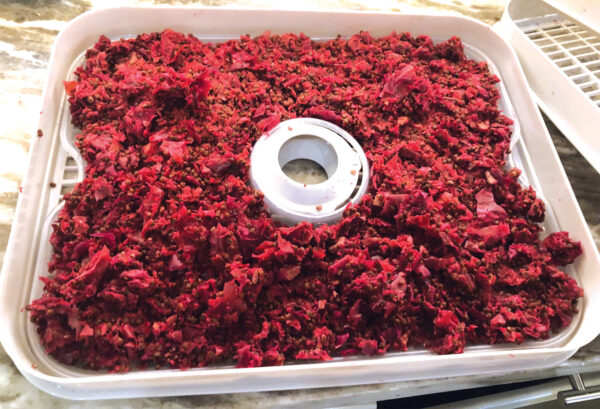
Weight loss and heart health. The high-fiber fruit binds to dietary fat and minimizes absorption resulting in a reduction of body weight and cholesterol.
Lowers blood sugar. Prickly pear naturally lowers blood sugar, making it good for diabetics. This response is also one of the reasons it’s used in hangover remedies.
Nutrient-dense. The fruit is jam-packed with antioxidants, carotenoids, vitamins C, E and K, beta-carotene, potassium, magnesium, calcium and phosphorus. It also reduces inflammation (another reason you’ll find it in hangover prevention shots).
Now, you can find prickly pear cleaned and ready to eat in Hispanic markets and health food stores, but if you love to explore and experiment like me, here is some inspiration!
Remove the glochids (bristles) and spines: Soak in water and then place in a colander and swish them around. Stick the fruit with a metal skewer, burn the glochids and spines off (this will not harm the fruit), and then boil them. Now what?
Eat fresh. Once they cool, simply slice them in half and peel off the outer layer to savor the fruit inside. Seeds can be spit out and are not dangerous to swallow.
Juice them. Cut up the fruit and fill the blender. Add ¼ blender of water and blend from slow to high. Then, strain out the seeds and the gooey fruit. I also squeezed the pulp through a cheesecloth to get every last drop. The deep red color is so rich and intoxicating! Add agave or stevia and enjoy prickly pear punch or a tasty margarita mix.
I picked quite a few and didn’t want them to go to waste, so I poured the extra juice into ice cube trays and vacuum-sealed bags for freezer storage.
Powerful powders. I dehydrated the gooey, mucilaginous fruit to make a powder to add to my morning smoothies. To do that, place the squeezed meat of the fruit in a dehydrator for eight hours at 130 degrees. Next, you put the dehydrated fruit into a dry blender to create the powder and use a strainer to separate and remove the seeds.
Prickly pear flour. Not wanting to waste a bit of my hard-earned harvest, I then ground the seeds to make flour with which I will one day make gluten-free muffins.
I’ll admit it was a lot of work, but also a lot of fun on hot July days, and the nutritious rewards will last me throughout the season.
But wait! There is one more use…
Due to their high concentration of vitamin E and antioxidants, prickly pear seeds can be pressed into essential oils that are used for beauty products. However, it takes one TON of fruit to produce one liter of oil, so don’t be surprised by the price. Another reason to get picking!
Diane Sheppard is a licensed acupuncturist and doctor of traditional Chinese medicine. She is the owner of AcQpoint Wellness Center in Palm Desert and can be reached at (760) 345.2200 or visit www.AcQPoint.com.
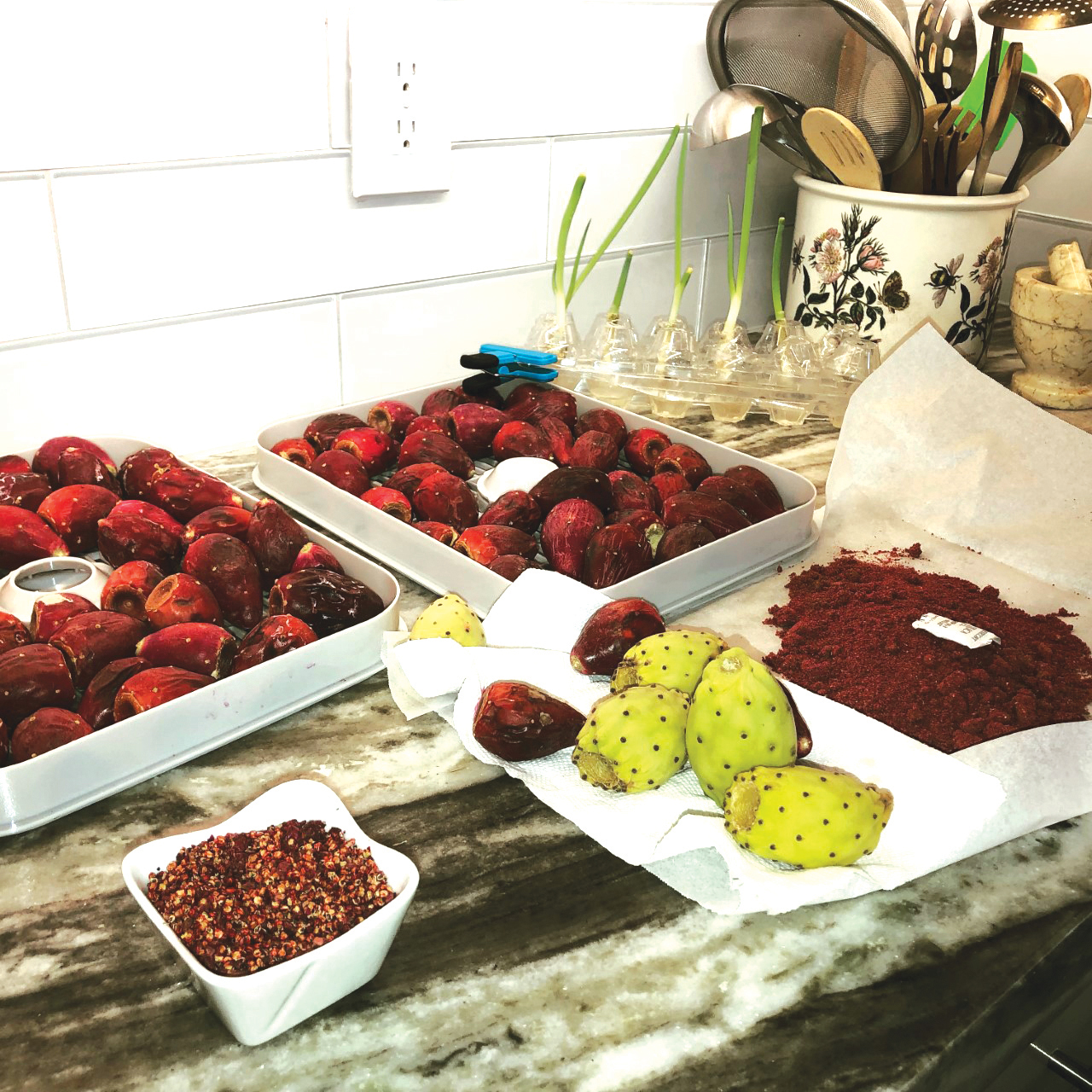



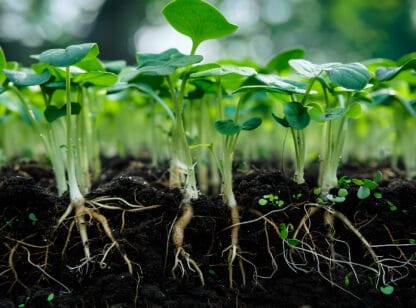



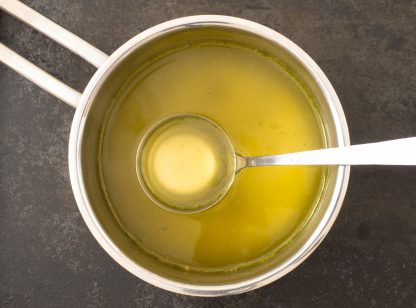

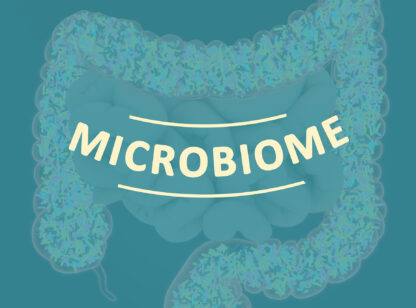




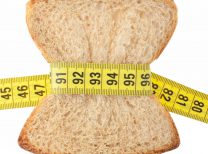



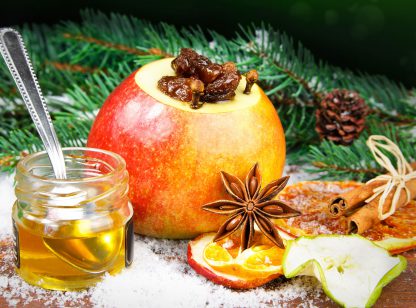

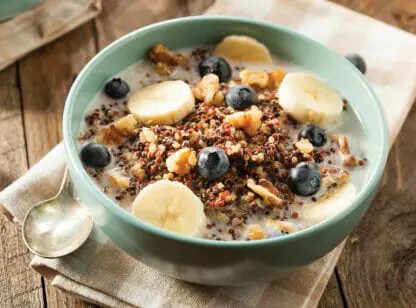




























Comments (0)